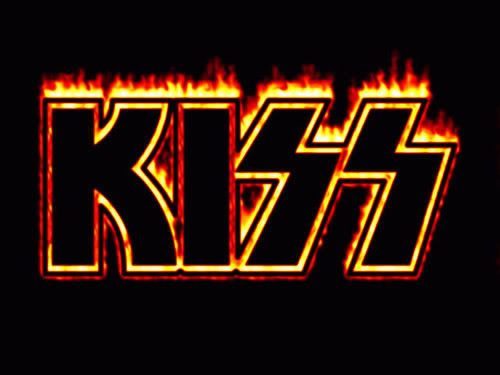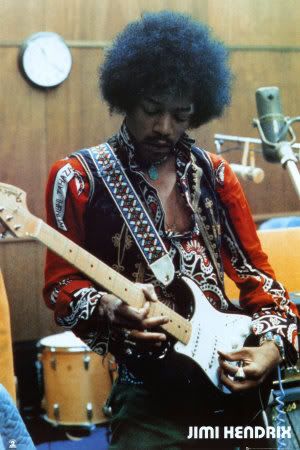
source www.metallica.com official fan club

Lars Ulrich
Born: December 26, 1963
From: Gentofte, Denmark
Personal: 3 Children
Instrument: Drums
Vitals: Green eyes, blonde/brown hair, 5'7"/1.7 meters tall
The oft-seen and heard dynamo of Metallica, when it comes to arranging all matters from songs to business, Lars is always at the epicenter. Indeed, constant activity has been a hallmark of Ulrich's life. As a child he saw his father Torben run a small jazz club in Copenhagen (sax player Dexter Gordon is Lars' Godfather) before following the family on the professional tennis circuit where Torben became an established figure.
Lars was nearly 10 when the sounds of Richie Blackmore and Deep Purple blew his little socks off at one of the first gigs he ever attended. It began a theme which has been recurrent in his life -obsession with a band- and having bought the 'Fireball' album, he began a Deep Purple love affair which continues to this day. At 13 his grandmother bought him his first drum kit, yet percussion vyed with tennis for priority. When the family moved to Newport Beach, CA in the late '70's, the seeds of priority scattered themselves in his field: girls, rock'n'roll and the occasional funny cigarette were all keys in turning Lars from the wooden raquet to full metal racket. He got so excited about metal music that he jammed a bit with a young lad called James Hetfield before taking a teenage trip to England during June of 1981 to see his newly beloved Diamond Head. He thus managed to finagle living with them for a while before returning to So Cal and the tape-trading he enjoyed with the likes of Metal Blade Records Brian Slagel.
Slagel was looking for bands to record cuts for an album he would release on the label (their first release). Lars got a slot but had no band. Remembering the less-than-awesome yet energetic jams with young Hetfield, Lars called him up and told him about the album. James listened. And thus was Metallica conceived.
These days, some 80-odd million albums worldwide later, Metallica might have undergone enormous collective and individual changes, but the essence of Ulrich remains. He is at once a loyal, attentive and determined person, one who locks in for the long-haul and one who's skin can achieve great thickness. He's also, in recent years, become even more comfortable saying exactly what he believes in regardless of the consequences (as evidenced by his willingness to be the band spokesperson on the Napster issue).
Music now shares the front seat with Lars' three sons Myles, Layne, and Bryce as well as his thriving interests in art and film. Busy? Of course. But would Lars have it any other way? The proof is there for all to see...

Kirk Hammett
Born: November 18, 1962
From: San Francisco
Personal: Married, 1 child
Instrument: Guitar, background vocals
Vitals: Brown eyes, brown hair, 5'8"/1.75 meters tall
Kirk Hammett, never without a grin or a curious thought, is the true Bay Area band-member. Born in San Francisco, and raised in the East Bay town of El Sobrante, he gained an interest in music from his brother Rick's extensive record collection, Jimi Hendrix, Led Zeppelin and UFO. It all led to him properly picking up the guitar when he was 15, his first being a wholly unglamorous Montgomery Ward catalog special accompanied by a shoe box with 4 inch speaker for an amp.
After picking up a 1978 Fender Stratocaster, Kirk experimented by mixing and matching guitar parts to find his perfect sound before falling for a 1974 Gibson Flying V. In a determined (and successful) effort to upgrade his equipment, Kirk even took a shift at Burger King to get the cash together for his first Marshall amp. Around that time, Kirk also co-founded Exodus with Paul Baloff, and the East Bay thrashers crossed paths with Metallica twice, in late '82 and early '83, as a support act.
In April 1983, Kirk received a phone call from Metallica in New York. They were in the process of firing guitarist Dave Mustaine and wanted Kirk to fly out and audition. Kirk got the money together for the flight, left California for the first time and arrived in the late afternoon to find three guys who were still waking up. Immediately he, and they, knew the fit was right despite the fact nobody ever formally invited him to join.

A keen student of his instrument even today, Hammett followed his first 'Kill 'Em All' tour by taking lessons from Joe Satriani, and embarked upon a passage of guitar self-education that took in jazz, blues and classical styles. Indeed, education has always been Kirk's answer to potential burnout. After the marathon 'Black' album tour ended in 1993, he immediately went to the City College of San Francisco where he took classes, something he credits as the reason behind his reinvention as a guitarist on the 'Load' and 'Re-load' albums.
Kirk continues to bring not only a dazzling array of lead guitar parts to Metallica's music but also some savage rifferey, having started sharing 6-string duties with James during the 'Load' era. He is happily married to Lani, and lives in San Francisco along with a large collection of old Hollywood movie memorabilia, his two dogs Darla and Hoku, plus cats.......Oh, and for the record, Kirk plays his guitar at least 361 days a year.













 Ritchie Blackmore
Ritchie Blackmore









 1981 Killers
1981 Killers  1982 the number of the beast
1982 the number of the beast  1983 piece of mind
1983 piece of mind  1984 power slave
1984 power slave  1985 live after death
1985 live after death  1986 somewhere in time
1986 somewhere in time  88 seventh son of a seventh son
88 seventh son of a seventh son  90 no prayer for the dying
90 no prayer for the dying
 91 running free to the hills
91 running free to the hills 90 wasted years
90 wasted years






